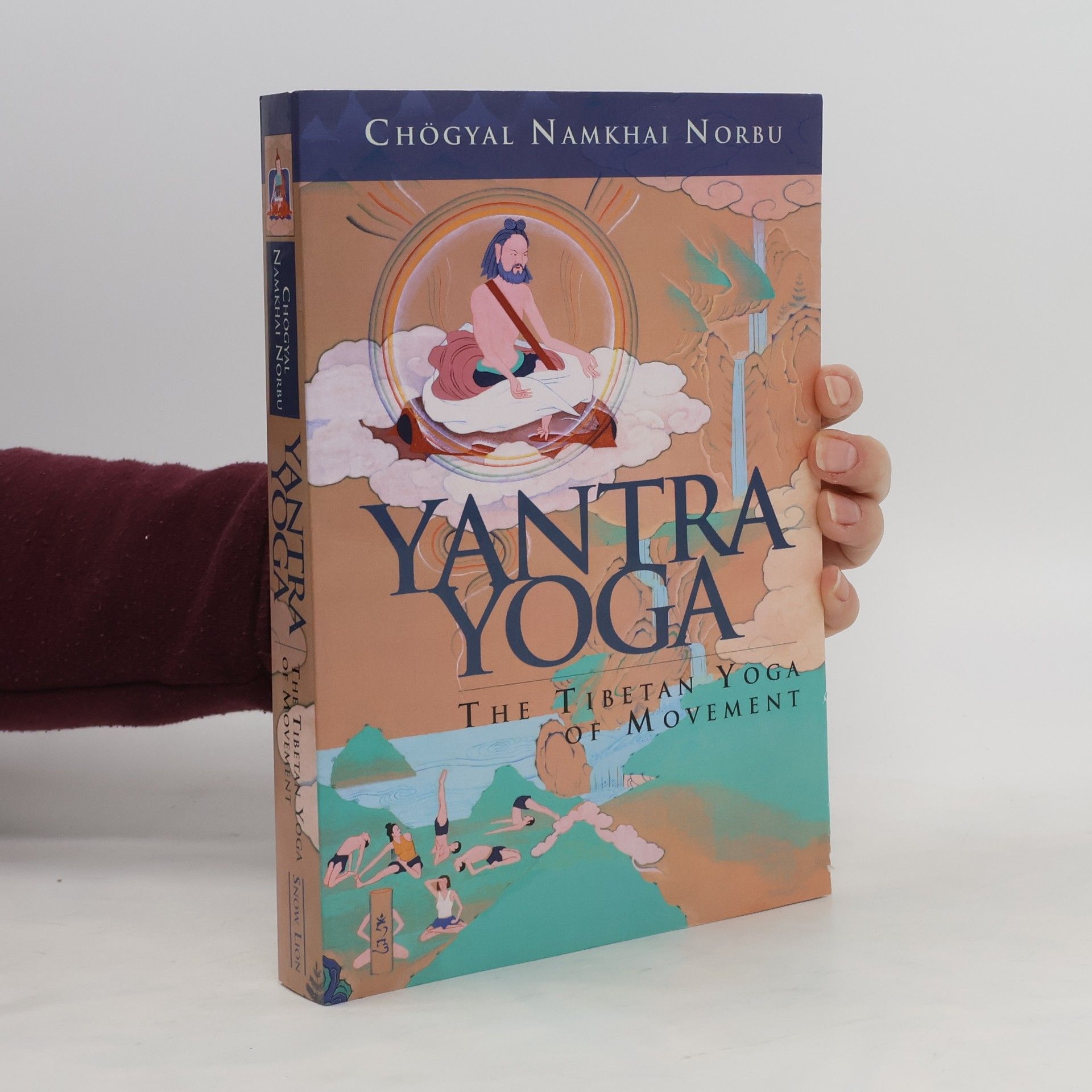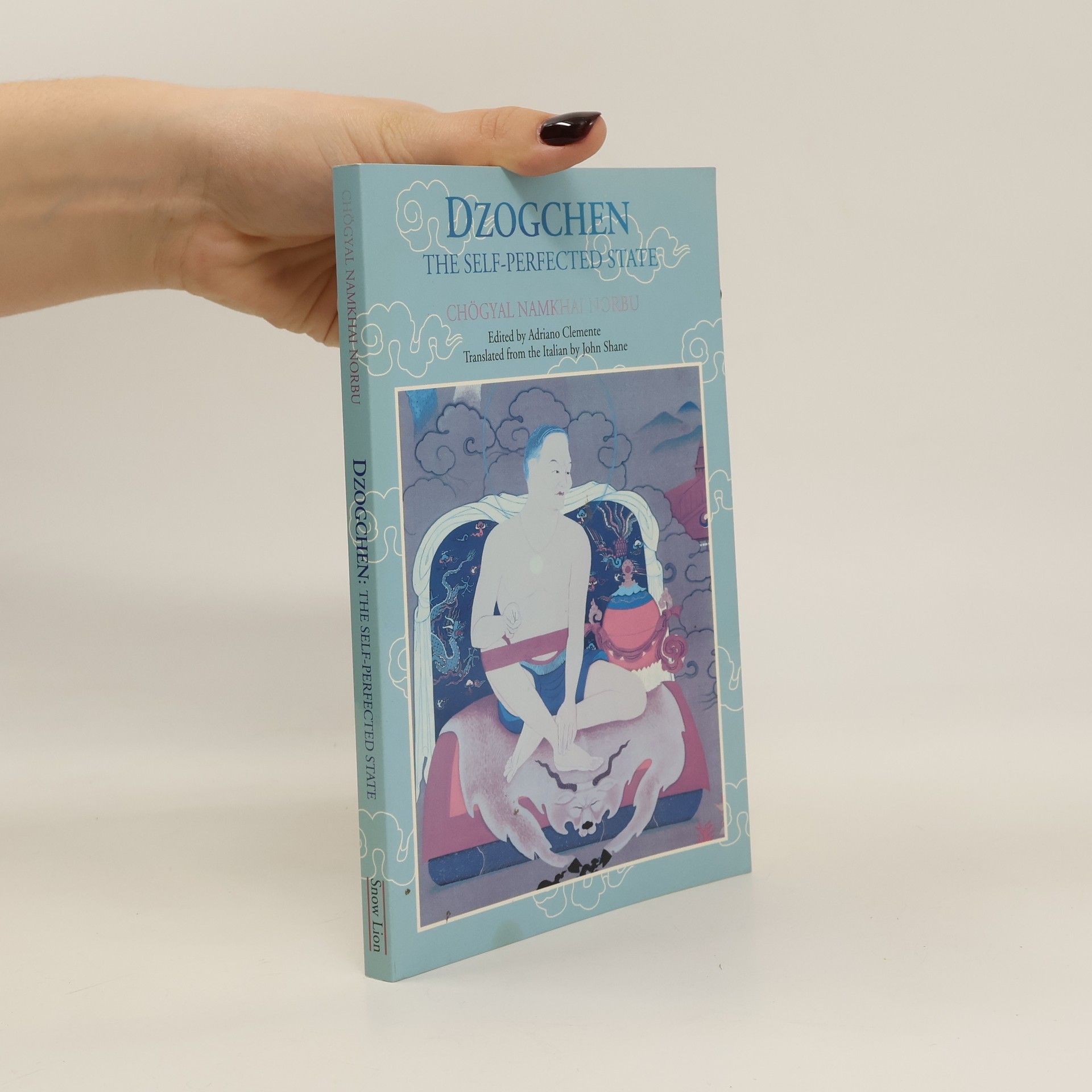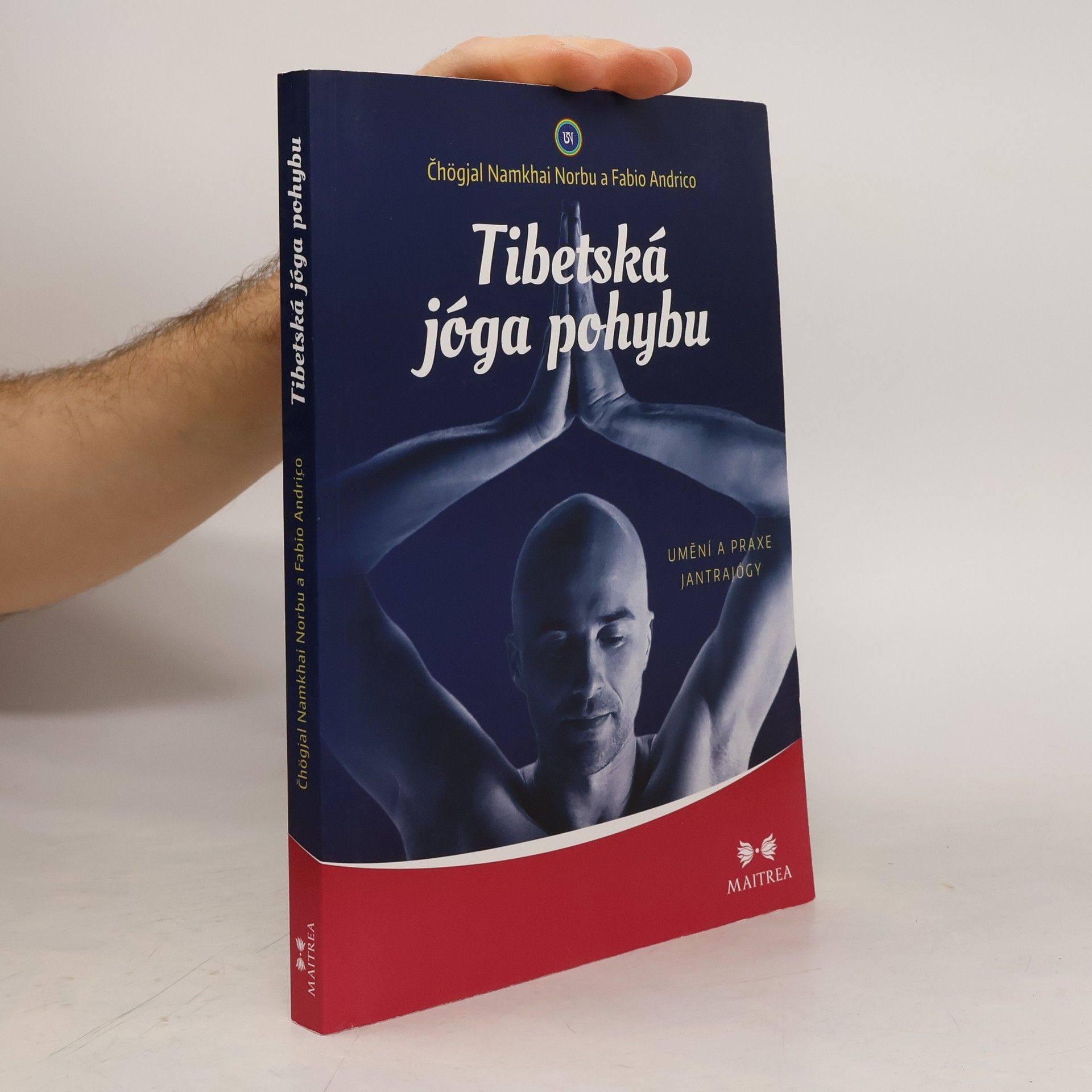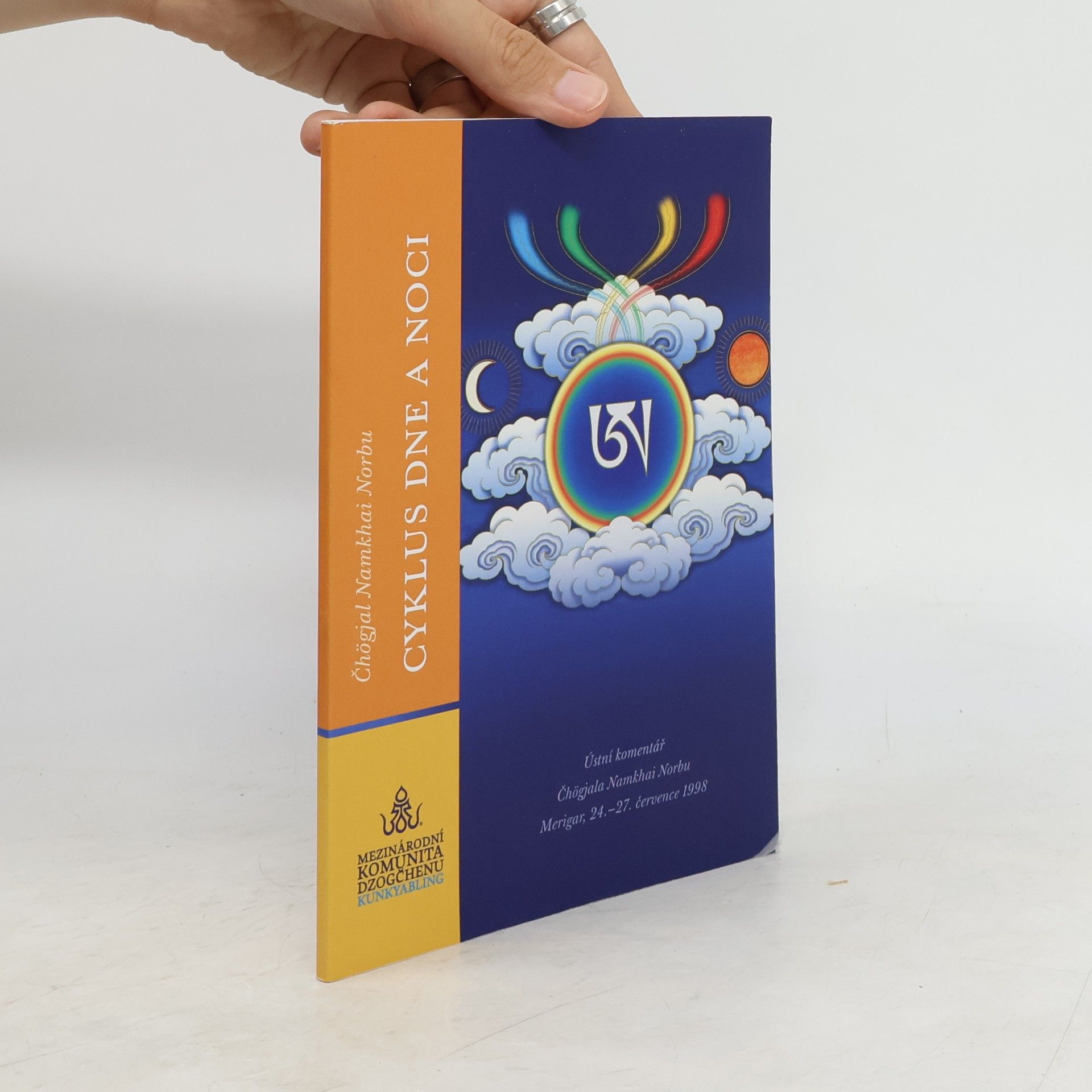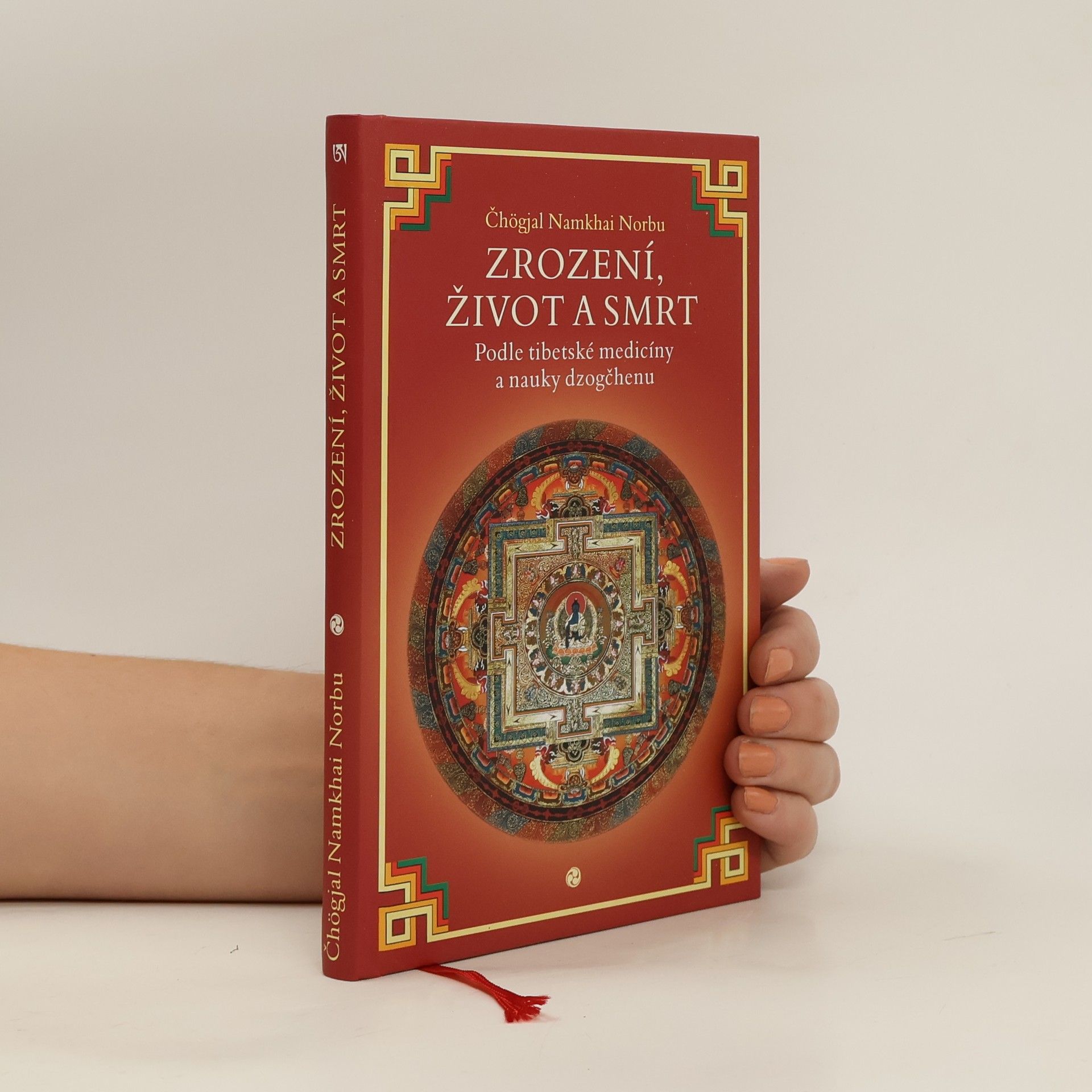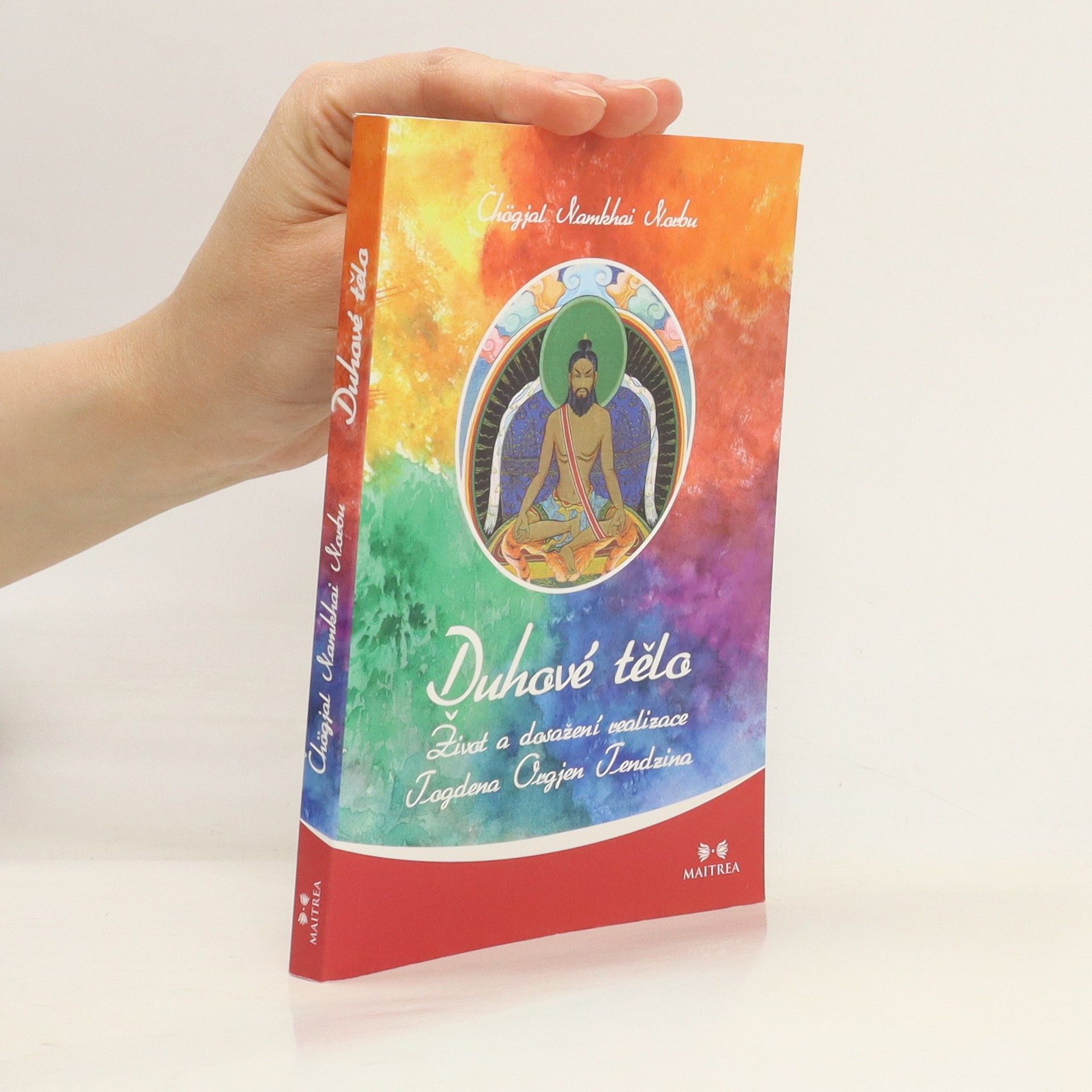Osvobození od lpění
- 110 pages
- 4 hours of reading
Nelpění (či nepřipoutanost) je cesta, po které můžeme projít územím všeobecné nejistoty a vlastních i cizích strachů do cíle, kterým je svoboda. Osvobození od lpění nedávno zesnulého dzogčhenového mistra Namkhai Norbua může být velmi obohacující odpovědí na otázky lidi upřímně hledajících vyšší smysl všeho dění okolo i uvnitř nás. Ocení ji především ti, kteří jsou připraveni převzít zodpovědnost za svůj život do svých rukou. Celá kniha je komentářem ke čtyřem veršům – esenciální nauce, kterou obdržel na počátku 12. Století velký tibetský mistr Sačhen Künga Ňingpo.


